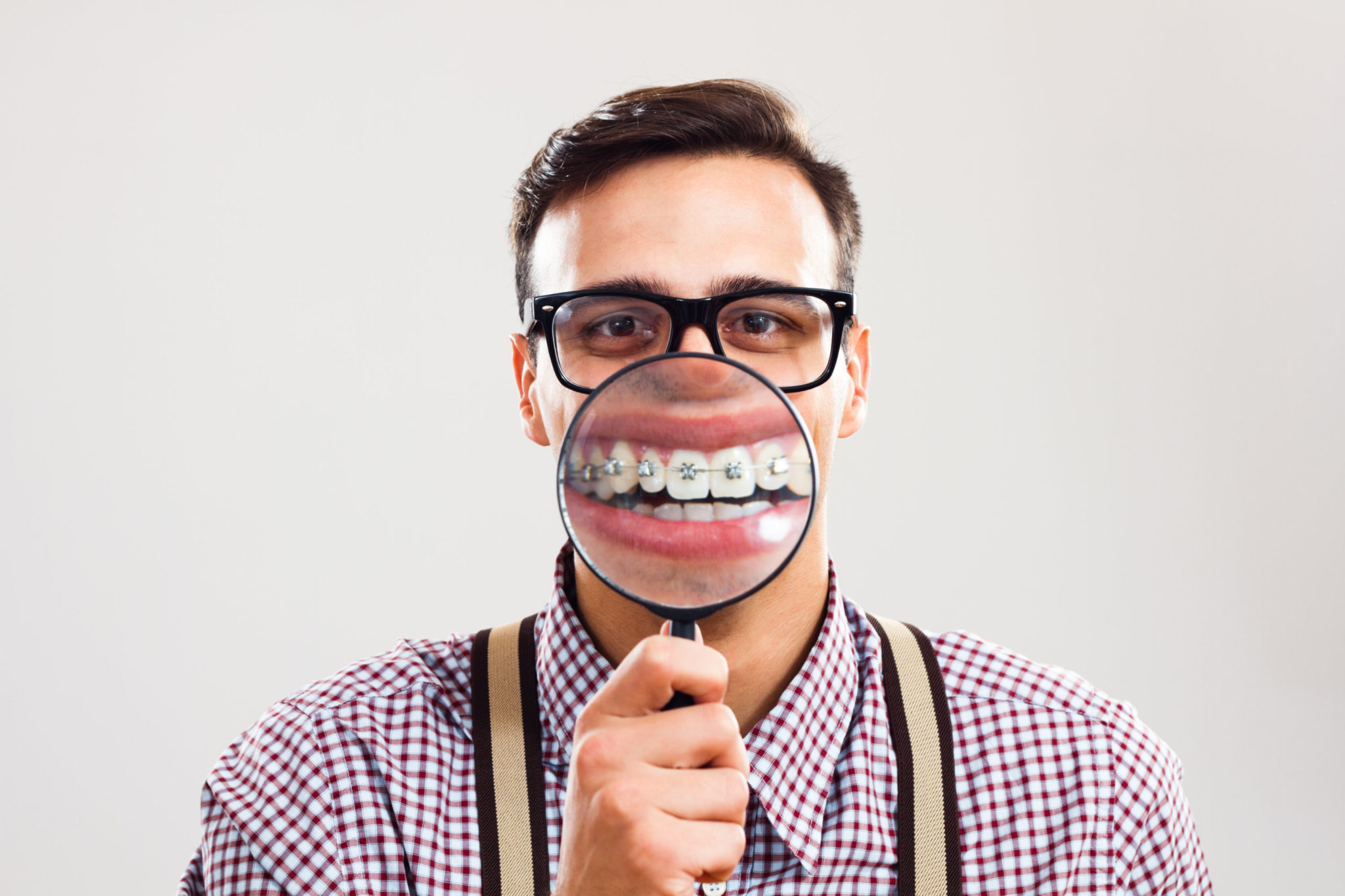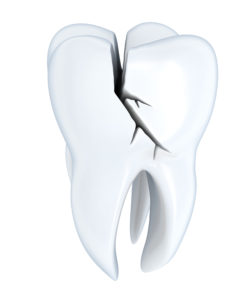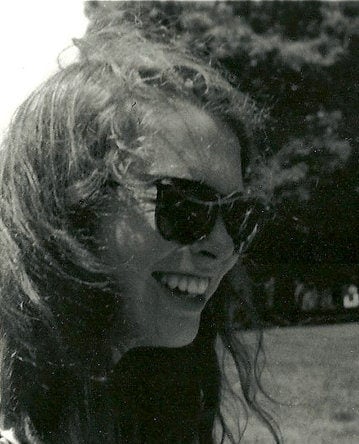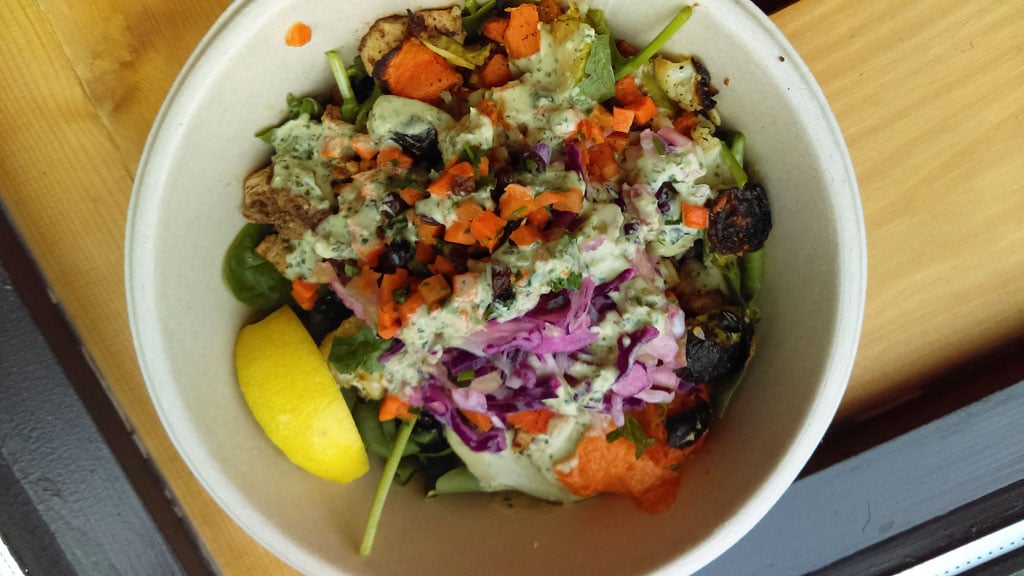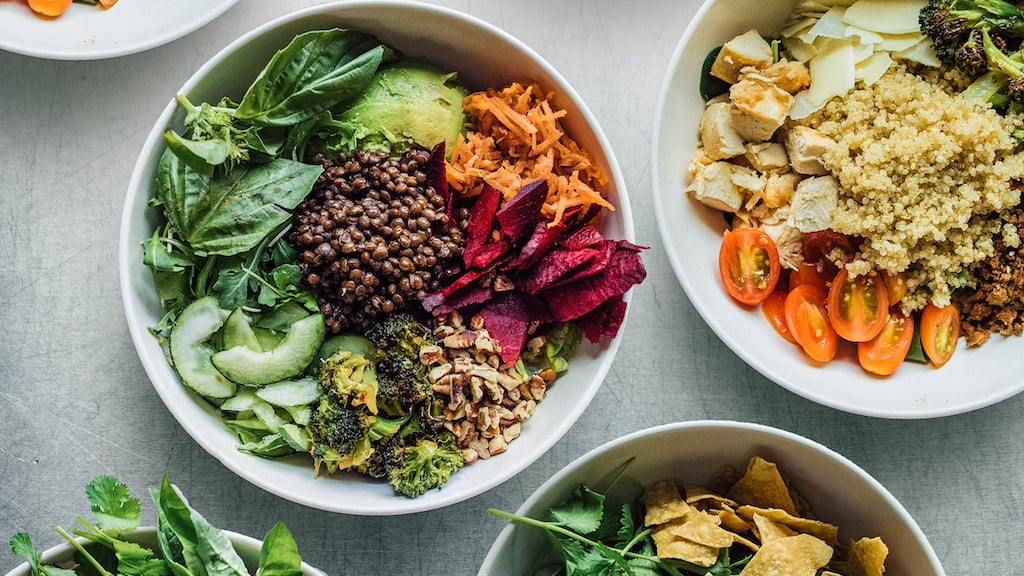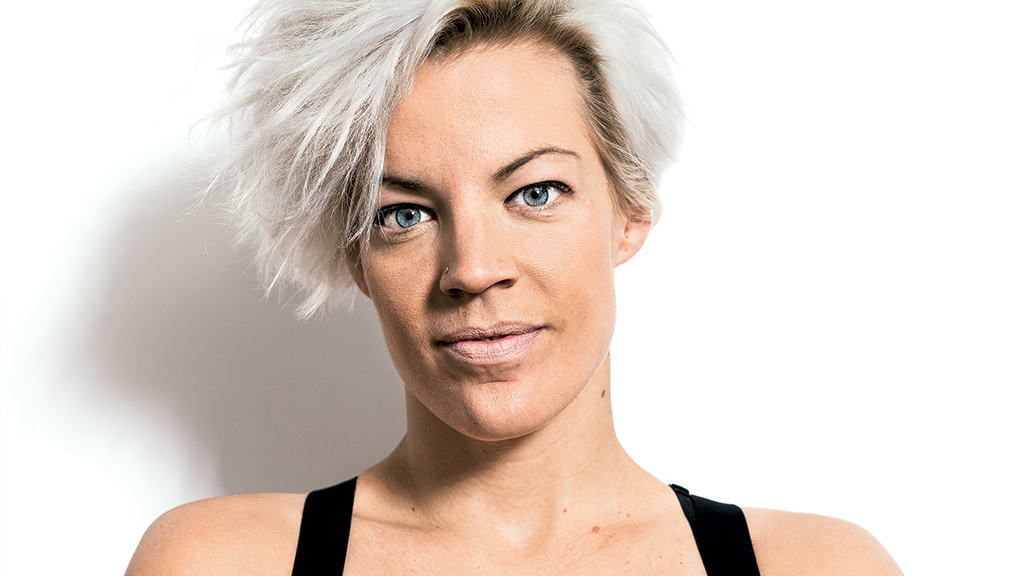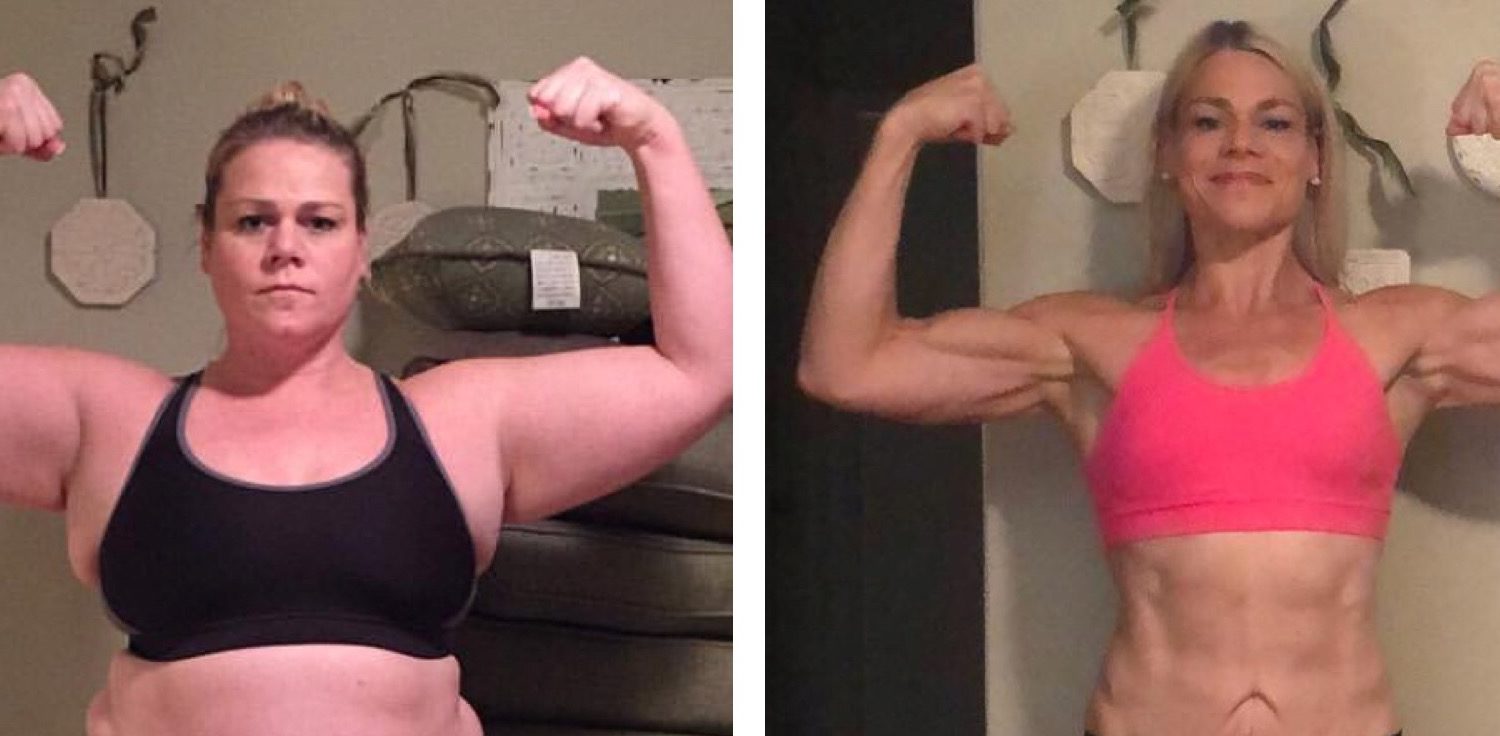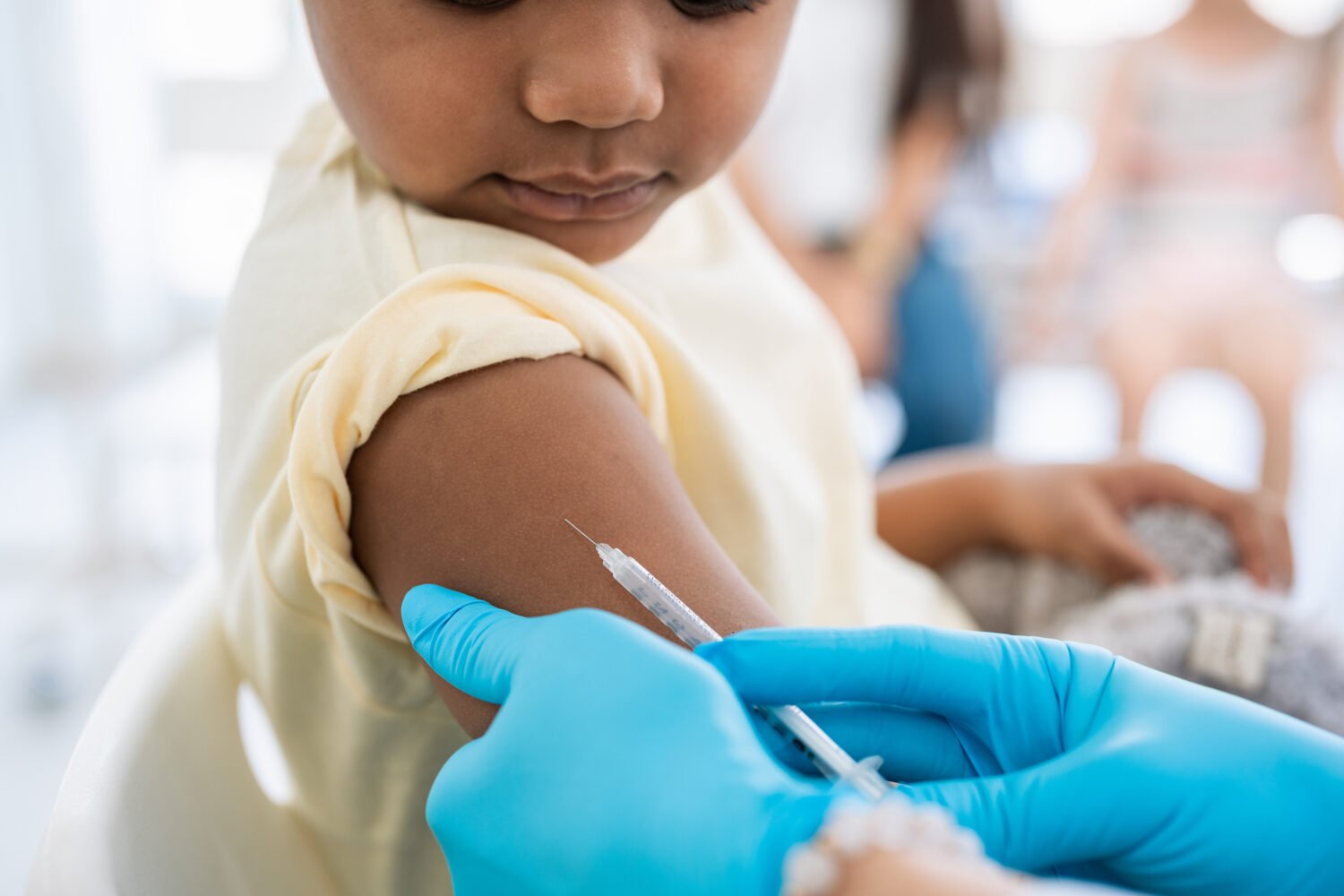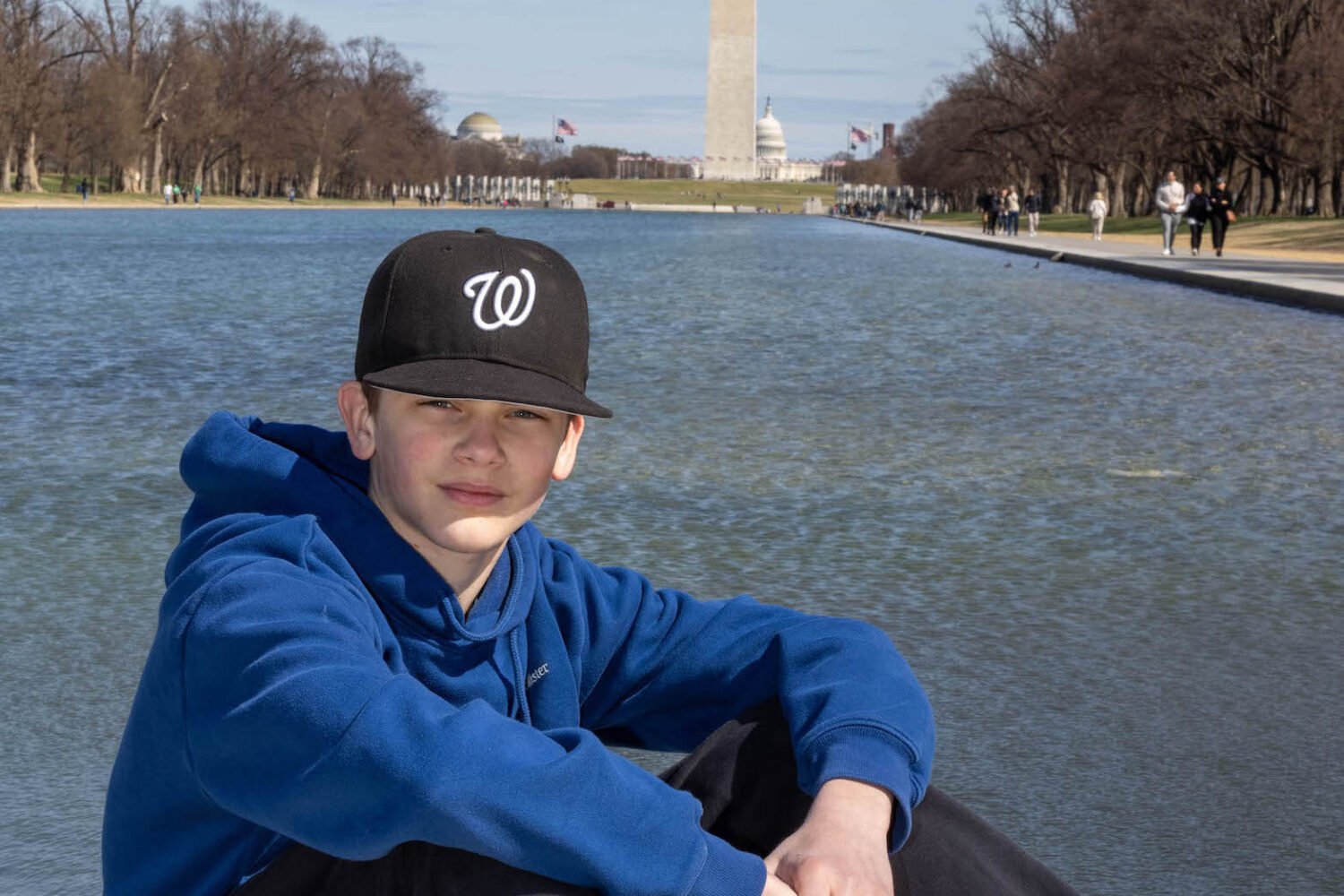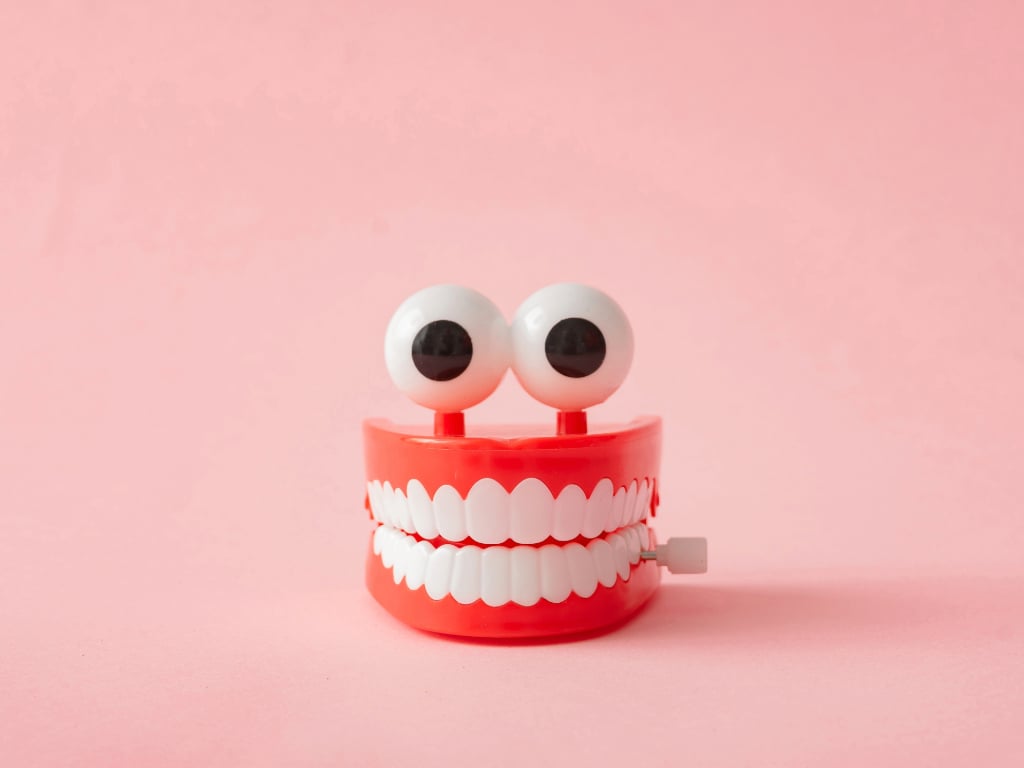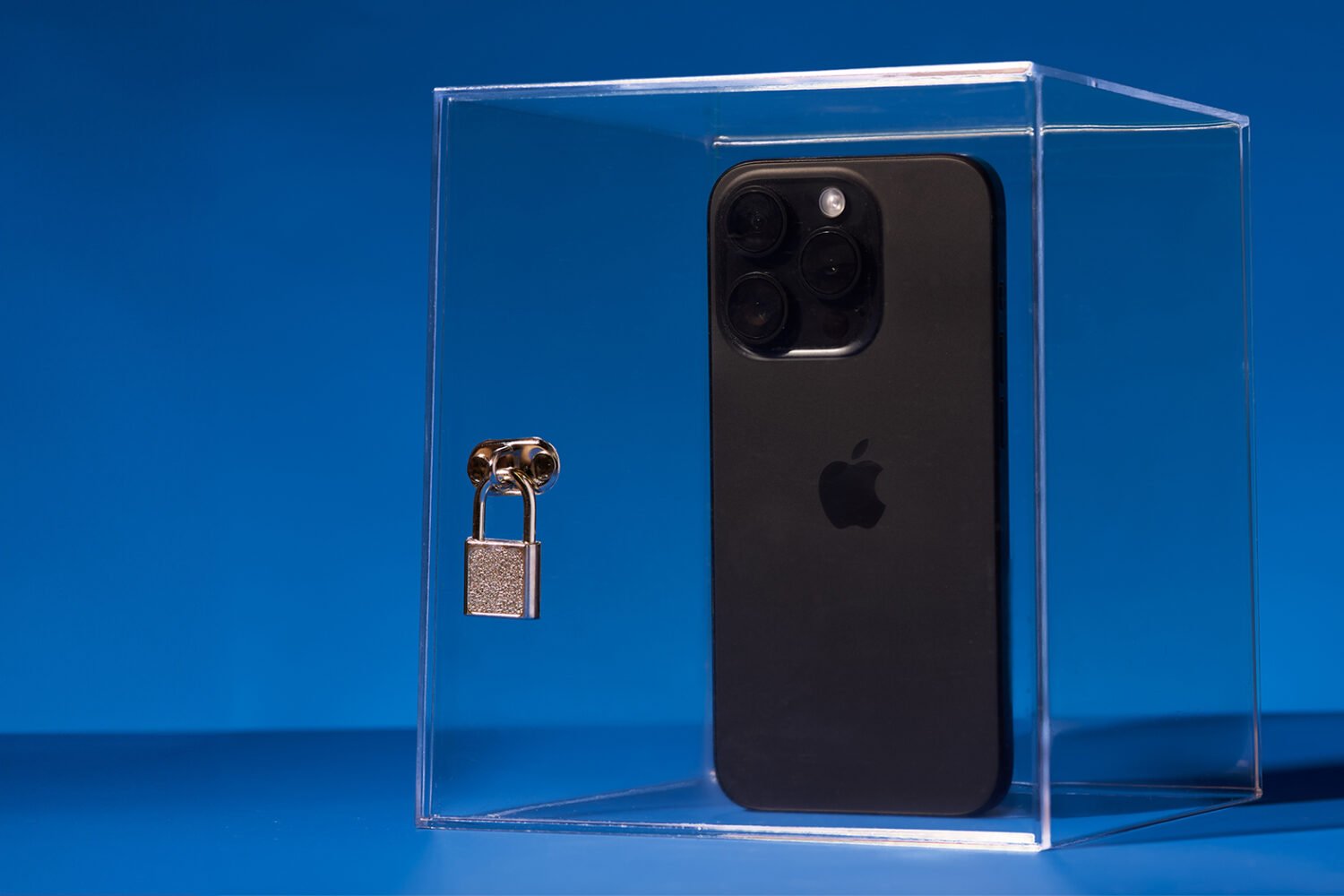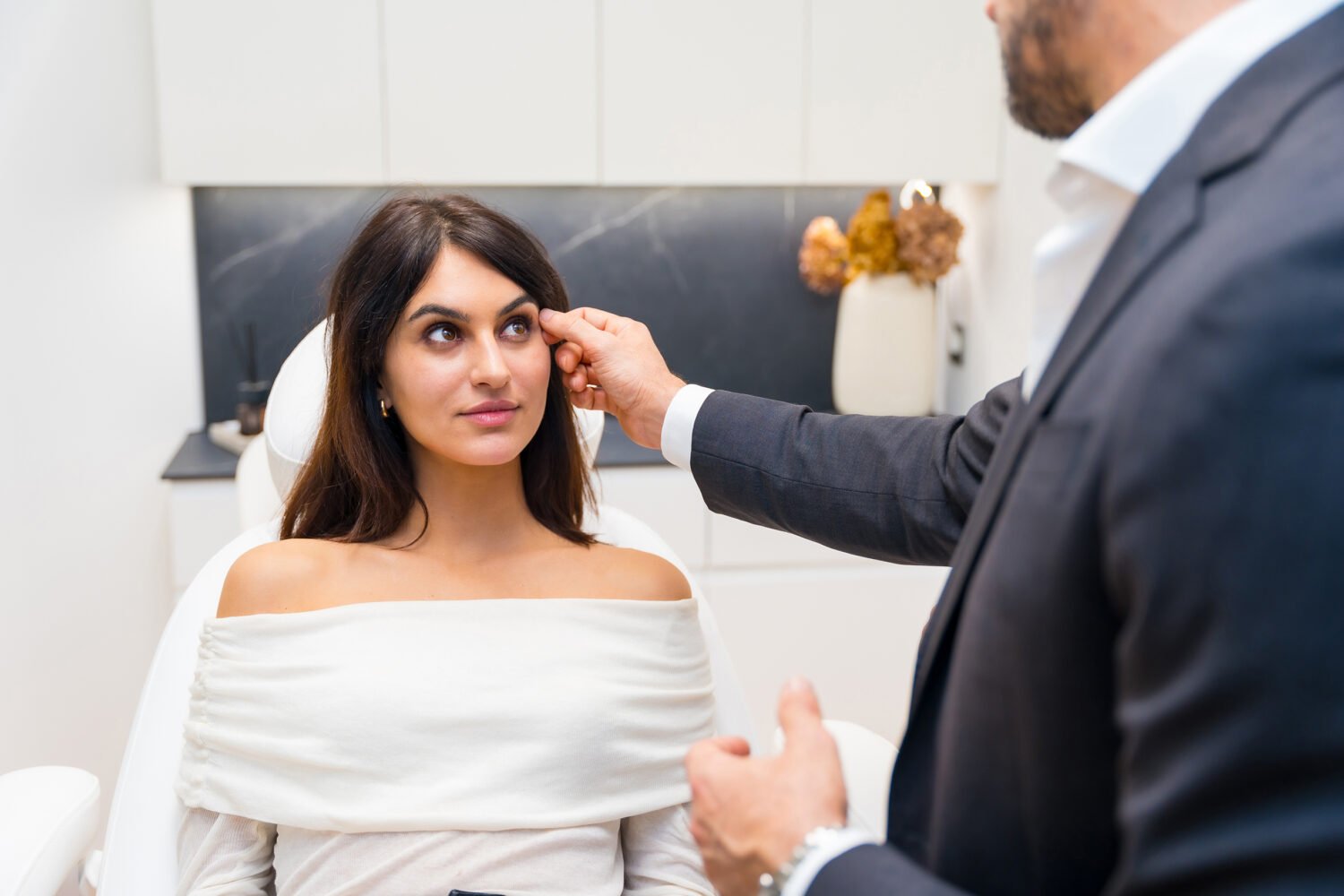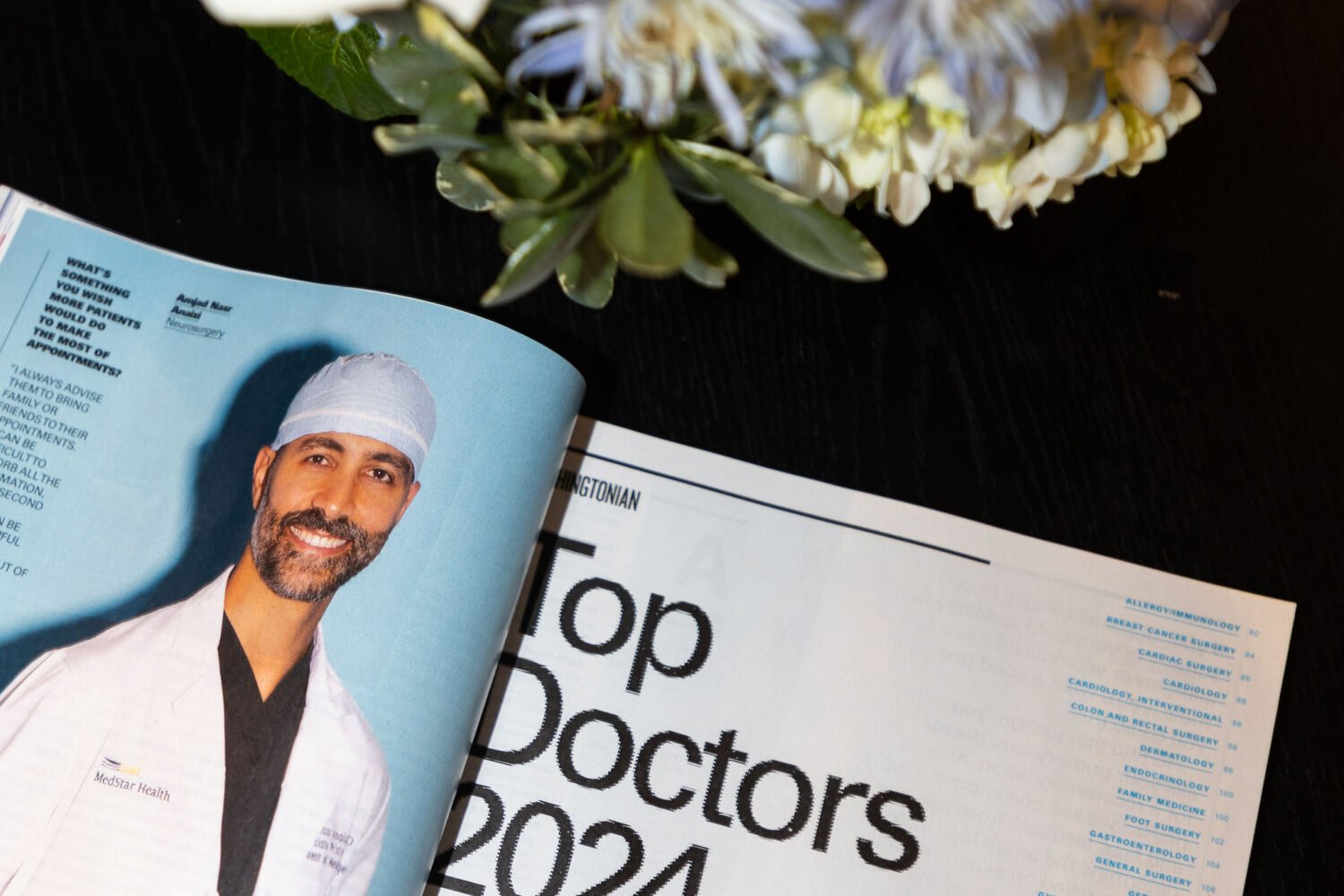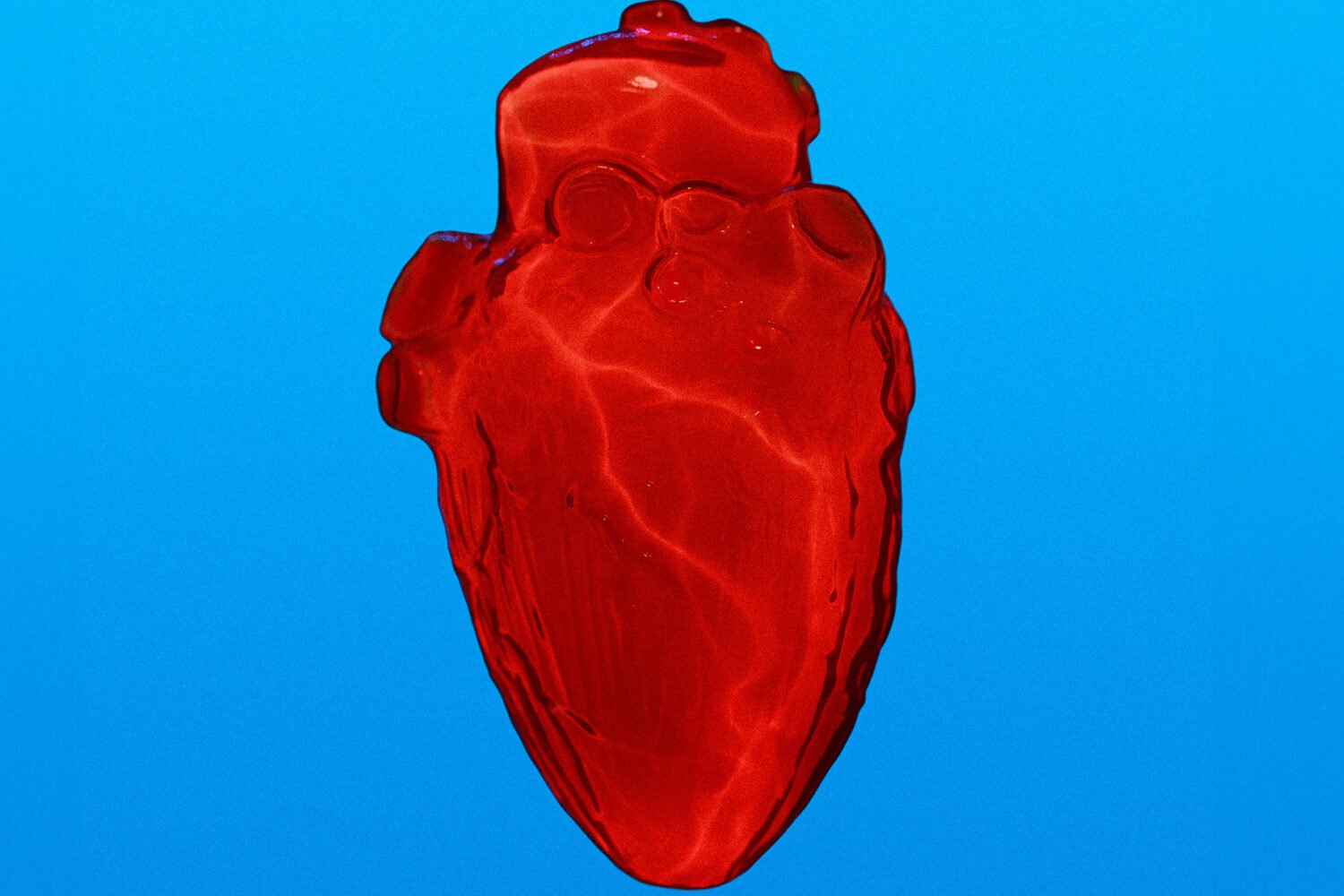We’ve tie-dyed sweatsuits. We’ve learned every single TikTok dance—some more successfully than others. We’ve spent hours combing Facebook groups dedicated to finding vaccines. Another pandemic pastime: taking the plunge on the glow-ups we’ve always wanted, whether that means getting in shape, springing for Botox, or straightening our teeth.
Such is the case with Todd Sadowski. The 39-year-old management consultant had braces as a kid, but over the years his bite shifted and he was having issues with grinding his teeth and clenching at the back of his mouth. He knew he needed to see an orthodontist, but he kept putting it off. Until he truly had no excuse. (Thank you very much, SARS-CoV-2.) In July, he finally made the Invisalign commitment.
“It wasn’t necessarily a priority [before the pandemic]. Then when Covid happened and people were slowing down, it became much more of a priority,” says Sadowski. “I said, ‘The heck with it. I just want to get this done.’ ”
Like, oh, just about everybody else on the planet, Sadowski was doing a lot of nothing during the pandemic. This not only gave him the time to dedicate to straightening his teeth; it also gave him extra cash for the Better Mouth Fund. One of his favorite pastimes is trying new restaurants, a hobby he’s indulging in less these days, which means he can slide that money toward Invisalign.
Sadowski’s experience is indicative of a larger trend, say dentists. People who are able to work remotely have found that quarantine has been an ideal time to get some work done on their teeth. Zach Casagrande of Northern Virginia Orthodontics has seen a 20-percent increase in patients wanting to straighten their teeth during Covid, mostly via Invisalign trays. It’s not just because people suddenly have the time and money. There’s also the Zoom effect—a.k.a. spending more time staring at our less-than-flawless faces while in virtual meetings.
“It’s almost like a perfect storm for aesthetic providers,” Casagrande says. “No one’s really given up on their health and looks during this whole thing. I think a lot of people realize, ‘Hey, this is my time,’ and they want to do something nice for themselves.”
David Rad of Rad Orthodontics in Maryland says he’s treating a number of folks who put off orthodontic work for years. He has also seen an increase in patients in their early twenties, who typically don’t have the disposable income for teeth-straightening.
Interestingly, Rad says, some patients requested traditional braces instead of the more popular Invisalign—they weren’t seeing anyone anyway, so they didn’t want to deal with remembering to wear the trays. Plus, they didn’t want to be constantly sticking their hands in their mouths during a pandemic.
Another reason why people are pulling the trigger on braces right now is staring us all in the face: masks. “That was probably the biggest motivating factor,” Rad says. “Who knows how long we’ll be wearing a mask? [People are thinking,] ‘I’m going to be home, I’m not able to go out to eat as much, I’m not able to travel as much. Let me get some orthodontic [work] done during this time, knock it out, and come out on the other side of Covid better.’ ”
Although Sydney Olszewski was braced up before the lockdown, she’s one of those who realized that wearing a mask and, like, literally never leaving your house can be beneficial when your mouth resembles a tween’s. She moved to DC last September and was originally nervous about meeting new people. Not just because making friends as a grownup is infinitely harder than the days when we had Hello Kitty binders and impressive gel-pen collections but also because of the whole braces thing. Then she remembered—masks!
“Obviously, I didn’t wish for a pandemic, but having my mouth covered for a year and a half has been the bright side to it, for sure,” says the 25-year-old Navy Yard resident, who works in marketing. “[But I’ll be] sad, to be honest, if masks come off before I get the braces off. This has kind of been nice to go to a store or a restaurant or to pick up something and not think people are staring at my face.” While she’s made a few friends in DC at her gym, none have yet seen her maskless, and when she hung out with a new Bumble BFF, she felt the need to issue a warning about what she’d see when the mask came off—a mouthful of metal.
The pandemic also afforded Brooke Butler, a 31-year-old who works in politics, the opportunity to go incognito while in braces. She was originally going to have her dreaded metal brackets switched out for porcelain ones, which are less visible. But due to the pandemic, she figured, eh, she might as well spare herself another trip to an orthodontist—no one was seeing her anyway.
Butler had planned to straighten her teeth last year no matter what, as she’d just received healthcare covering orthodontia. But the pandemic sped up her initiation to the braces club: “Late February, I went to the orthodontist just to get a consultation, but I don’t think I thought I would move [as] fast. And then once everything [hit] a couple weeks later, I was for sure working from home. So then I was like, ‘I’m just gonna go ahead and do it all.’ ”
Not only is it a benefit that she doesn’t have to see as many people IRL while a Brace Face, but she says it’s easier to get to her downtown orthodontist appointments from her Brookland home than it would be if she had to rush back across the city to her office in Southeast DC.
Some people are straightening their teeth during the pandemic for more existential reasons. Mai (who declined to give her last name for privacy reasons) is a 39-year-old IT worker in Falls Church. She’d been thinking about straightening her teeth for years but finally took the Invisalign plunge in February because she got new insurance—and also needed a morale boost.
Sure, she’ll finally have perfect teeth, but the process is also providing her with a sense of autonomy during an otherwise paralyzing time. “There’s nothing to look forward to [during the pandemic]. It’s kind of depressing, and it’s one thing I can do that I could control,” she says of Invisalign. “I feel like not having any control over my life for the past year has been really crappy. So even though it’s something small like Invisalign, it just kind of felt like something I could do for me.”
So: After Covid, when we can finally take off our masks and emerge into the sunlight, will this love of orthodontia be a thing of the past? If the prognostications of a booming economy and a bacchanalian social scene pan out, probably not, say the doctors we spoke with. “I think that it’s only going to continue to go up,” says Casagrande. “People are going to want to go to sporting events, go to concerts, get the skin procedures and cosmetic procedures and facial procedures and orthodontic procedures.”
Yes, thank God, we are still humans despite our yearlong quarantine. And it turns out we still have the same hopes, dreams, and aspirations, even after a global crisis: to look really, really hot.
The Whole Tooth
Cracked teeth. Jaw-popping. Cavities. Covid has caused a lot of damage to our mouths.
While some are finding the pandemic the perfect time to improve their teeth, others have spent it (unintentionally) causing serious mouth damage.
Last fall, an American Dental Association poll found that more than half of dentists surveyed saw an increase in tooth-grinding, jaw disorders, and cracked and chipped teeth. Some 26.4 percent reported more cavities and tooth decay, and 29.7 percent saw higher rates of gum disease.
The “Covid collateral damage,” as DC dentist Brian Gray calls it, has been significant. Some people didn’t feel comfortable going to the dentist during the pandemic or until they were vaccinated—meaning they may have gone more than a year without getting their mouths checked. And we’re more stressed than ever, as evidenced by said tooth-grinding and-clenching.
As some of her patients with braces return, Maryland orthodontist Jill Bruno is seeing more broken brackets, wires, and retainers, which in turn can mean unwanted tooth movement and setbacks in treatment. “We were maybe not at point C anymore. We were back at point A,” she says. “We sort of had to start all over again.” Some patients are returning after months away with scars on their teeth from not properly cleaning around their brackets.
These issues would ordinarily have been caught during a regular visit before spiraling into bigger problems, say the doctors. Gray uses the analogy of having a pebble in your shoe: You can probably walk around with it for a few hours and be uncomfortable, but overall okay. However, do it for too long and you’ll end up with a nasty blister, or eventually even knee and back issues.
“Not addressing it earlier becomes a bigger and bigger issue. Now you’re looking at things like having to place implants or multiple units of crowns or, God forbid, dentures,” he says. “So getting these things in the early stage makes a big difference.”
This article appears in the June 2021 issue of Washingtonian.

